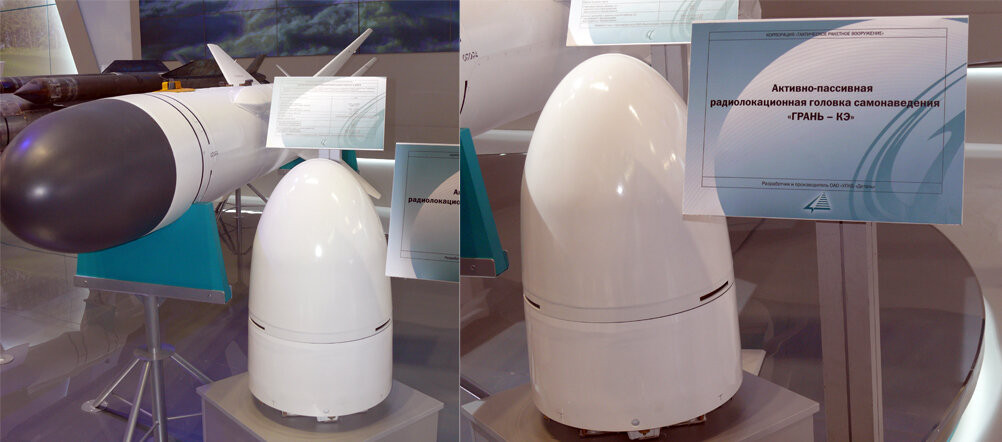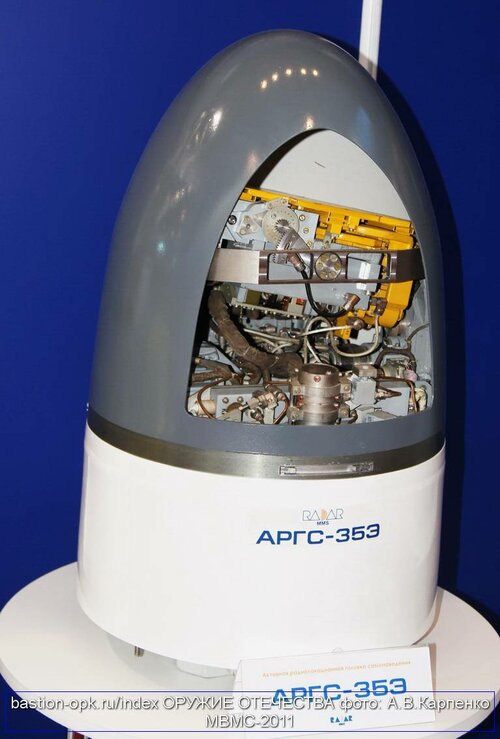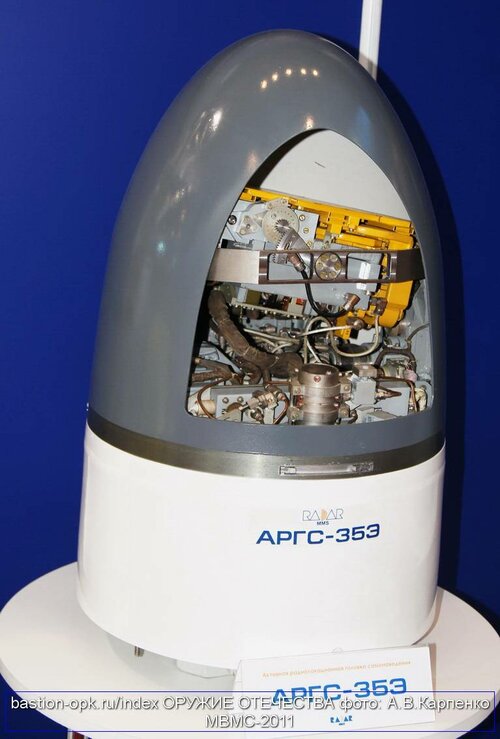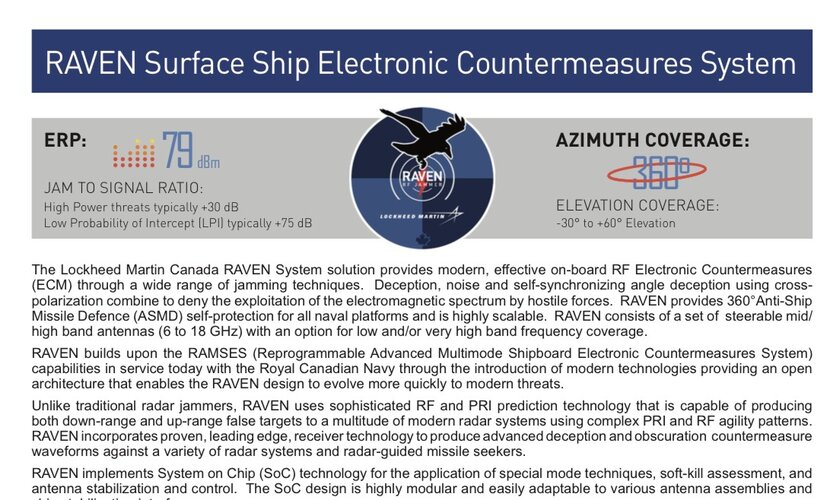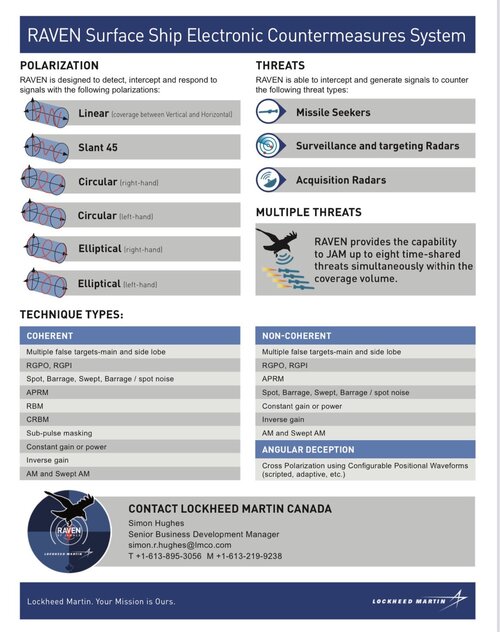Vanessa1402
ACCESS: Confidential
- Joined
- 10 April 2021
- Messages
- 133
- Reaction score
- 56
I happen to come across this thread https://forums.spacebattles.com/threads/1990s-nimitz-vs-2020s-cavour.986077/page-2
Which really make me wonder: as AESA radar can operate as jammer, can modern carrier based fighters such as F-18E/F, F-35C jam radar guided anti ship missile like Harpoon, AS-4?
Which really make me wonder: as AESA radar can operate as jammer, can modern carrier based fighters such as F-18E/F, F-35C jam radar guided anti ship missile like Harpoon, AS-4?

